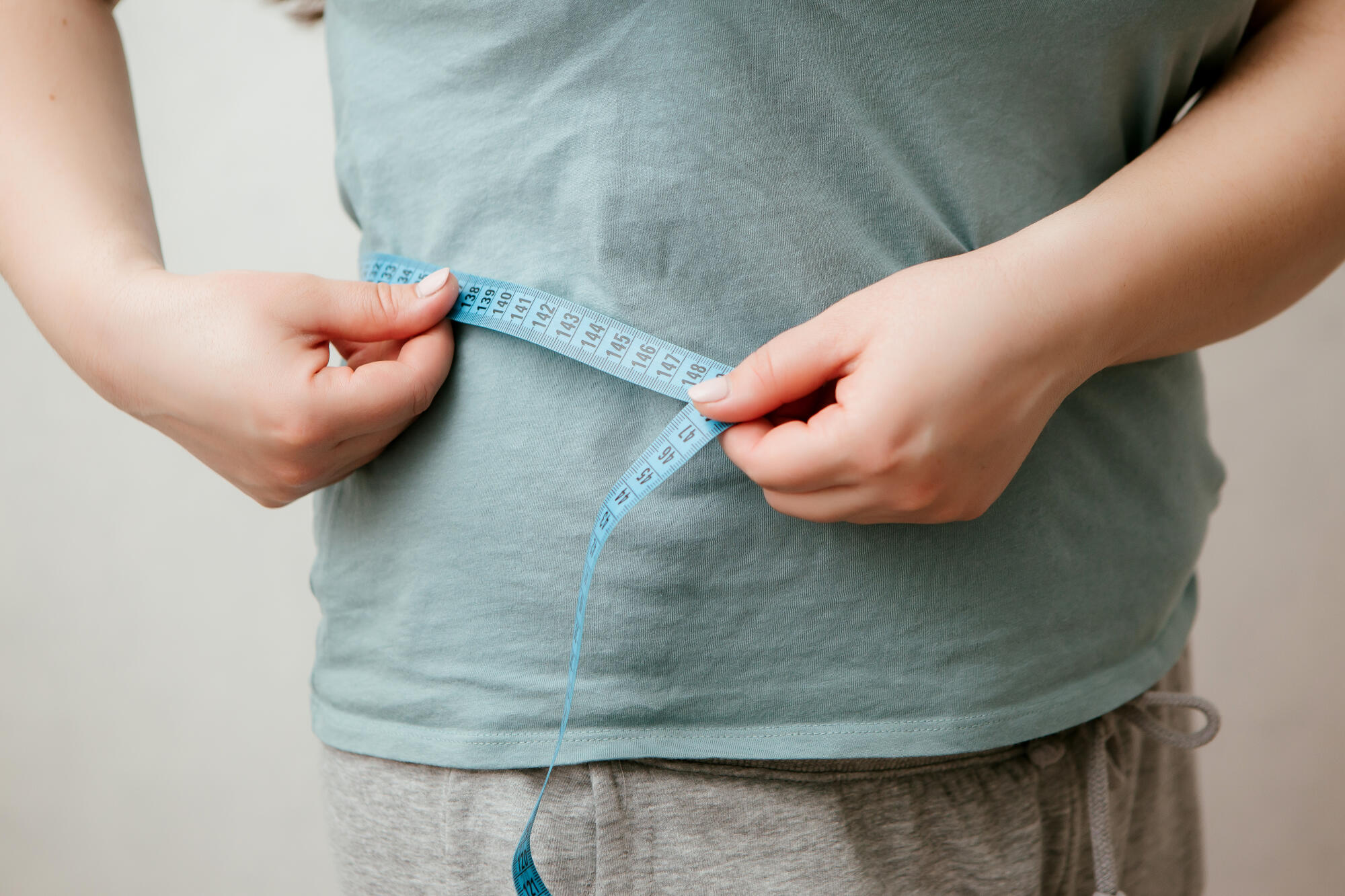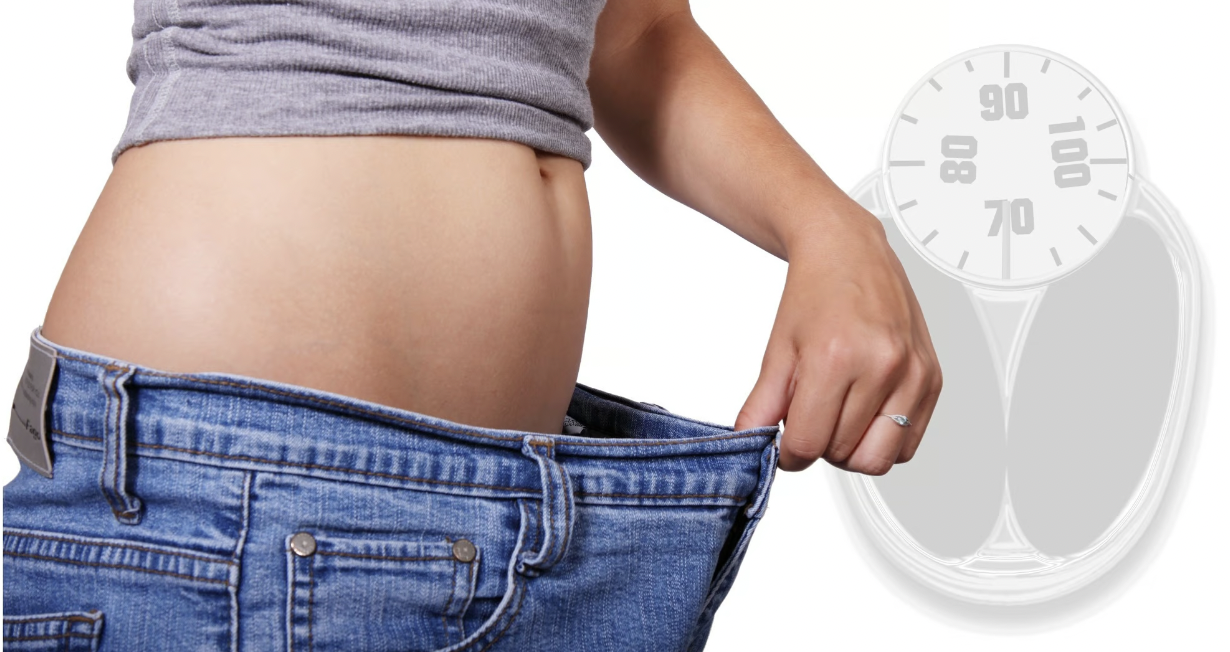Visceral fat is a type of body fat stored in the abdominal cavity and is located near several vital organs: liver, intestines, and stomach. It can build up in the arteries. It is also referred to as “active fat” because it can actively increase serious health problems. The belly fat could be subcutaneous fat, which is stored under the skin. Visceral fat isn’t seen because it is inside the abdominal cavity.
How Is Visceral Fat Diagnosed?
It is diagnosed by a CT or MRI scan. They are time-consuming and expensive. Healthcare providers will analyze the visceral fat in your body to determine the health concern before deciding on a procedure. About 10% of all body fat is visceral fat, according to research. To determine this, if your waist is more significant than 35 inches, there is a risk for visceral fat for women. For men, if their waist measures 40 inches or larger.
For Type 1 diabetes, this can be measured by the waist to height ratio (WHtR). This is the best indicator to determine the amount of visceral fat. A larger waist circumference is strongly associated with having high amounts of visceral fat. To calculate your WHtR, divide your waist circumference by your height (in inches or centimeters – as long as it is in the same units). An ideal WHtR measurement is no greater than .50.
Health Problems
This can cause some health problems. It increases insulin resistance. Visceral fat can raise blood pressure quickly. This can increase your risk of the following health issues: type 2 diabetes, stroke, Alzheimer’s disease, heart attack and heart disease, breast cancer, and colorectal cancer.
You cannot always see it nor feel visceral fat. It makes more specific proteins that inflame the body’s tissues and organs, narrowing the blood vessels which can raise your blood pressure. The excessive amount of fat in the abdominal section of the stomach is also known as organ fat or intra-abdominal fat. It is considered to be different from other types of fat because of how harmful it is.
Causes
What causes visceral fat are poor eating habits, excessive alcohol intake, and genetics. If your diet includes a lot of carbohydrates, that is a factor. Alcohol decreases the rate of metabolism and increases high-fat levels. There is a standard/acceptable range between 0 – 12, as normal fat levels. There is a harmful range where their fat levels are more than 13.
Visceral fat affects how hormones function in the body. Visceral fat produces inflammatory substances which aid against the invading pathogen. It is a form of a gel that is wrapped around the organs. A CT scan can help determine the amount of stored fat; however, it is not as effective as the doctor talking to you about your lifestyle and diet. The CT scan is not cost-effective on a month-to-month basis.
The leading causes of visceral fat are as follows: poor diet, lack of sleep, lack of exercise, chronic stress, inflammation, hormonal changes, alcohol, smoking and tobacco intake, slow metabolism, and other genetic and environmental factors.
How To Get Rid Of Visceral Fat
To get rid of visceral fat, it is essential to exercise and have a balanced diet. You can exercise for 30 minutes per day for cardio and strength training. This includes aerobic, biking, running, and circuit training. This will burn the fat faster. If you do strength training, it will burn the fat at a slower pace, but the muscles will get stronger, and you’ll have more energy. It is ideal for working out 5 times a week for 30 minutes of cardio and 3 times a week for strength training.
Diet
Eliminate high-sugar and processed foods and include vegetables, lean proteins, lentils, sweet potatoes, and beans. There is a possibility that the Keto diet will help in losing visceral fat. Deep breathing and meditation can help with losing this type of fat. You could also see a nutritionist lose the visceral fat. It is also essential to maintain a healthy, low-stress, active lifestyle to prevent the build-up of visceral fat in excess.
Exercise
Yoga does help with getting rid of it. Resistance training and weight training works just as well. You could also ride your bike instead of driving. You could walk after dinner. It is crucial to sleep better each night and consume fewer carbohydrates. It is essential to have a protein-rich diet.
Healthy Lifestyle Changes
An increase in calcium and vitamin D is possibly linked to less visceral fat. Leafy greens, tofu, dairy, and sardines are good options. As well as low-fat dairy, whole wheat, oatmeal, lean proteins like fish, eggs, beans, and skinless chicken are good options. Don’t eat junk food and avoid stress when you can. Take a good amount of sleep. Exercise every day and have a protein-rich diet. Reduce the amount of alcohol, tobacco, sugar, and refined carbs. Increase what is necessary: non-starchy veggies, low-carb diet, soluble fibers, and proteins. To make meals healthier and reduce the fat, you can boil, grill, steam, or bake the food.
Combining aerobic exercise and a healthy diet will shed more visceral fat. Jogging or running two to three times per week is helpful. If soluble fibers are increased by 10 grams daily, it decreases the amount of visceral fat by 3.7%. Protein can boost your metabolism as well, which promotes visceral fat loss. It is vital to limit your sugar and alcohol intake. Avoid trans such as an artificial type of fat: potato chips and baked goods and processed foods.
Sleep and Gut Health
It is necessary to have a healthy sleep schedule as well to prevent visceral fat from building up. You could take a magnesium supplement to aid in sleeping. Exercise, meditation, and yoga are great ways to prevent this type of fat from forming. Taking a probiotic is an option to aid in gut and digestive health. It is found in yogurt, sauerkraut, natto, kefir cheese, and supplements. Probiotics also help with losing weight. Intermittent fasting is another option to reduce this type of fat. It is an eating pattern where there are periods of eating and fasting. It does not restrict any foods and depends on timing.
Losing Weight With The Help Of BHRT
If you struggle to lose weight and want help burning that stubborn visceral fat, you may be a great candidate for bioidentical hormone replacement therapy (BHRT). This personalized treatment plan focuses on your body’s hormones to ensure your hormones are optimally balanced. If weight gain continues to occur even if you are following a proper diet and workout routine, you may have a hormonal imbalance.
Hormonal weight gain can be caused by the following :
- Thyroid hormone deficiency.
- Estrogen dominance.
- Androgen imbalance.
- Insulin resistance.
- Metabolic syndrome.
- PCOS.
- Growth hormone deficiency.
- Excess cortisol.
Working with your doctor’s advice and following their treatment plan, you can achieve your weight loss goals. EVOLVE has a dedicated patient care team to help you find the best treatment possible. It all starts with us getting to know you, your health, and your lifestyle goals. Next, we will help you get started with a hormone test or review results from a previous lab. We help you every step of the way.
Contact EVOLVE patient care to get started with a safe and effective weight loss treatment plan!











